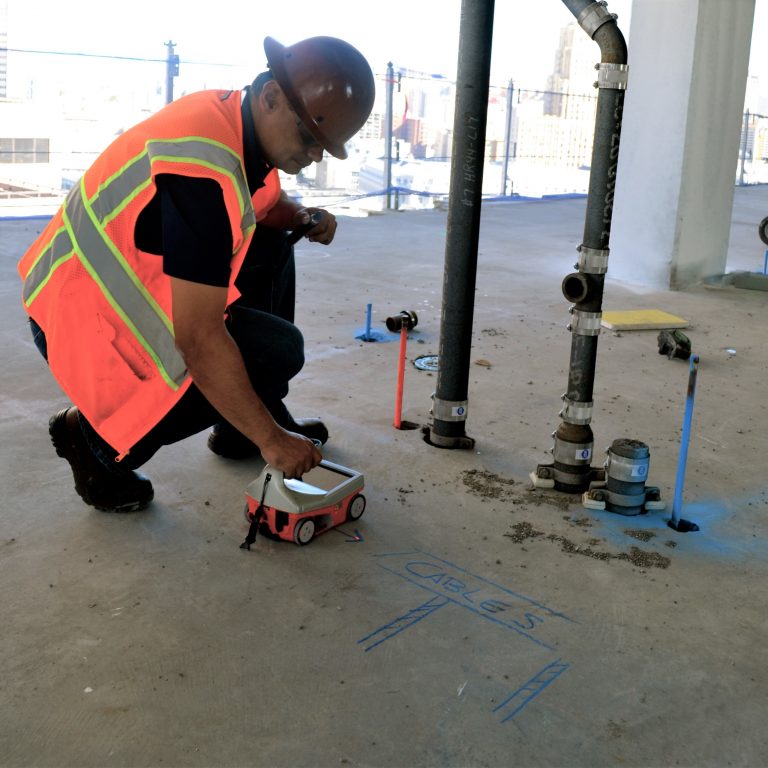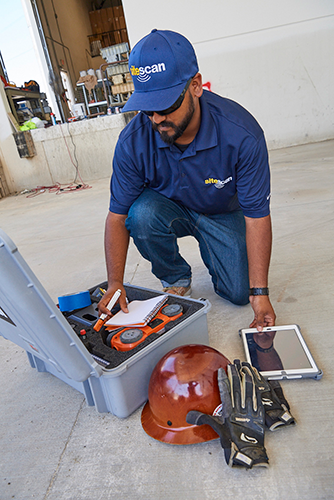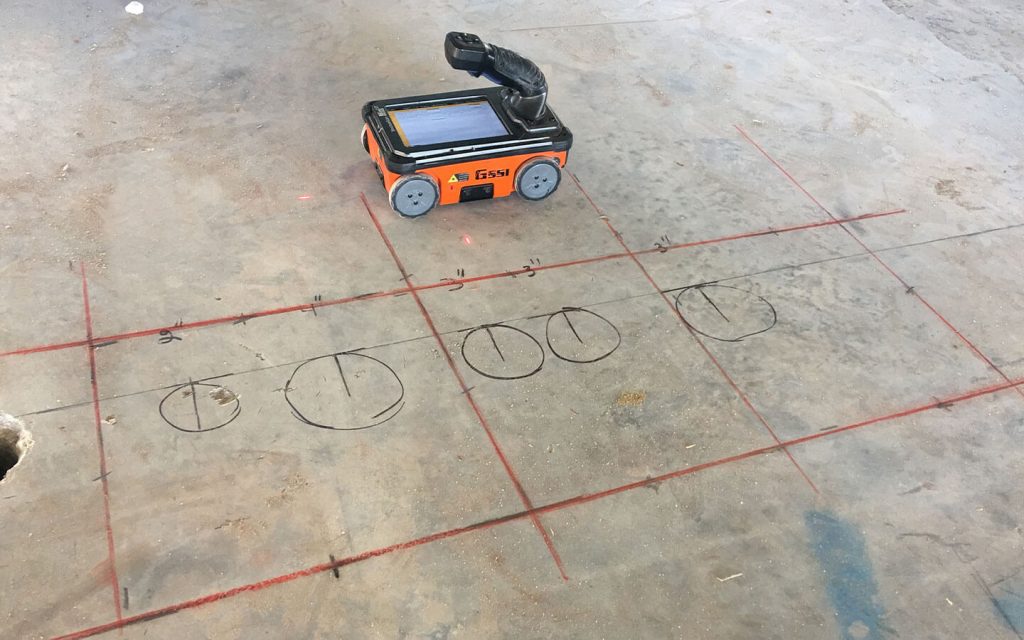Selecting the Right Concrete Scanning Tools
Unveil the Transformative Power of Concrete Scanning in Optimizing Effectiveness and Security
Concrete scanning has arised as a crucial device in the building sector, supplying unrivaled benefits in boosting project performance and making sure safety and security standards. The transformative power of concrete scanning exists in its ability to offer in-depth understandings and real-time data, transforming just how tasks are planned and executed.
Significance of Concrete Scanning
Making certain the structural integrity and safety of building projects starts with the important action of performing extensive concrete scanning. Concrete scanning is a non-destructive technique made use of to discover and map subsurface elements within concrete frameworks.
Additionally, concrete scanning helps in optimizing project timelines and budget by staying clear of unexpected expenses and hold-ups that may occur due to unexpected obstructions within the concrete. Eventually, spending in extensive concrete scanning is a positive technique that boosts both effectiveness and safety and security in construction tasks.
How Concrete Scanning Works
Concrete scanning runs as a crucial device in building and construction projects by utilizing sophisticated technologies to discover and map subsurface aspects without causing structural damages. Ground Permeating Radar (GPR) and Electromagnetic Induction (EMI) are 2 key approaches utilized in concrete scanning.
During the scanning procedure, the information gathered is evaluated in real-time, permitting prompt recognition of potential threats or barriers under the surface. By utilizing these sophisticated innovations, concrete scanning significantly minimizes the danger of pricey problems and injuries on building and construction websites.
Benefits of Concrete Scanning
Making use of advanced scanning innovations in construction jobs supplies a multitude of benefits, boosting both efficiency and safety on-site. Among the main advantages of concrete scanning is the capability to find and find ingrained items such as rebar, post-tension cords, and channels properly. By recognizing these aspects prior to boring or reducing right into concrete frameworks, the danger of accidental strikes is substantially reduced, protecting against possible injuries to workers and damages to the framework itself. Concrete scanning assists in preparation and developing much more effectively, as it supplies precise info regarding the place and deepness of architectural components.

Study: Concrete Scanning Success

In another instance, a construction firm made use of 3D concrete scanning to evaluate the problem my link of aging concrete structures in a historical building. The detailed scans offered important understandings into the degree of wear and tear and aided prioritize maintenance initiatives effectively. By proactively dealing with areas of concern determined via scanning, the firm had the ability to extend the life-span of the framework and ensure passenger safety.
These study underscore the transformative power of concrete scanning in improving performance, precision, and safety in construction projects.
Carrying Out Concrete Scanning in Projects
Applying innovative scanning innovations during construction jobs has actually come to be increasingly vital for enhancing precision and safety and security. By incorporating concrete scanning right into job preparation and implementation, building and construction groups can identify possible threats, such as rebar or post-tension cords, concealed within concrete frameworks. This proactive technique lessens the danger of accidents, delays, and expensive rework, ultimately resulting in more effective job timelines and spending plans.
To apply concrete scanning successfully, task supervisors must team up very closely with skilled scanning specialists to establish one of the most ideal scanning methods for the particular job demands. Engaging scanning experts from the onset of a task allows the team to produce thorough scanning plans that resolve vital areas of issue and ensure comprehensive data collection.
Furthermore, incorporating concrete scanning right into normal project workflows can improve decision-making procedures, as real-time site link scan information provides prompt insights into the problem of concrete structures - Concrete Scanning. This data-driven technique facilitates notified analytic and makes look here it possible for groups to make changes quickly, fostering a society of efficiency and safety throughout the job lifecycle

Final Thought
To conclude, concrete scanning plays a crucial duty in boosting performance and safety and security in building projects. By using advanced innovation to discover and map out underlying structures within concrete, this process assists to avoid expensive errors, guarantee architectural honesty, and decrease threats on site. With the capacity to discover surprise elements and provide precise information, concrete scanning proves to be an important device for maximizing job end results and optimizing overall success.
Concrete scanning is a non-destructive technique used to detect and map subsurface components within concrete frameworks. Furthermore, concrete scanning assists in enhancing task timelines and spending plan by staying clear of unanticipated prices and hold-ups that might occur due to unpredicted blockages within the concrete. One noteworthy situation study entails a large improvement project where concrete scanning played a vital duty in guaranteeing task success.In one more instance, a building and construction firm used 3D concrete scanning to examine the condition of maturing concrete frameworks in a historical structure. By integrating concrete scanning into task planning and execution, building and construction teams can determine potential risks, such as rebar or post-tension cables, concealed within concrete frameworks.